Mooli Ka Paratha (Punjabi Mooli Flat Bread)

Mooli is a white radish or daikon. This is an exotic flat bread filled with mooli. Mooli ka paratha is a popular north Indian breakfast treat with cup of hot chai.
Dough
- 1 cup whole wheat flour, atta
- ½ teaspoon salt
- 1 tablespoon oil
- ½ cup water
For Filling
- 2 cups white radish/mooli shredded
- ½ tablespoon salt
- ½ teaspoon carom seeds / ajwain
- 2 teaspoons green chili finely chopped
- 2 tablespoons cilantro / hara dhania finely chopped
- Also need about ¼ cup whole wheat flour for rolling and 5 teaspoon oil for cooking paratha
Making the Dough
Mix flour, salt, and oil in a bowl add the water as needed to make soft dough. Knead the dough for about one minutes on a lightly greased surface to make soft, and pliable dough.
Set the dough aside for at least ten minutes.
Making the Filling
Shred the mooli / white radish, add the salt to shredded mooli mix it well let it sit for about 2-3 minutes. Squeeze the water as much possible from mooli. Add all filling ingredients together, carom seeds, chili and cilantro mix it well. Do this processes just before you are ready to make parathas.
Making of paratha
Divide the dough into four equal parts.
Take one part of the dough and with your fingers flatten the edges to form a three-inch circle, leaving the center a little thicker than the edges.
Mold the dough into a cup and place the filling in the center, filling should be little less then dough. Pull the edges of the dough to wrap the filling.
Heat an iron skillet or heavy skillet on medium high heat. Test by sprinkling it with a couple of drops of water. If the water sizzles right away, the skillet is ready.
Press the filled ball lightly on dry whole wheat flour from both sides.
Using a rolling pin, roll the balls lightly to make six-inch circles, keeping the sealed side of the balls on top. If the dough sticks to the rolling pin or rolling surface, lightly dust the parathas with dry flour.
Place the paratha on the skillet. When the paratha start to change color flip it over. You will notice some golden-brown spots.
After a few seconds, drizzle one teaspoon of oil over the paratha. Flip the paratha again and lightly press the paratha on the sides with a spatula, to help paratha cook through evenly.
Flip again and press with a spatula making sure the paratha is golden-brown on both sides. Repeat for the remaining parathas.
Paratha are best served hot and crispy. They will be soft if not served hot. If you are not going to serve them right away, cool them on a wire rack to keep them from getting soggy.
Parathas can be kept unrefrigerated for up to two days wrapped in aluminum foil or in a covered container. For later use, parathas can be refrigerated four to five days or frozen for up to a month. Re-heat using a skillet or oven.
Comments
Leave a CommentComment policy: We love comments and appreciate the time that readers spend to share ideas and give feedback. However, all comments are manually moderated and those deemed to be spam or solely promotional will be deleted.
Leave a Reply
You must be logged in to post a comment.
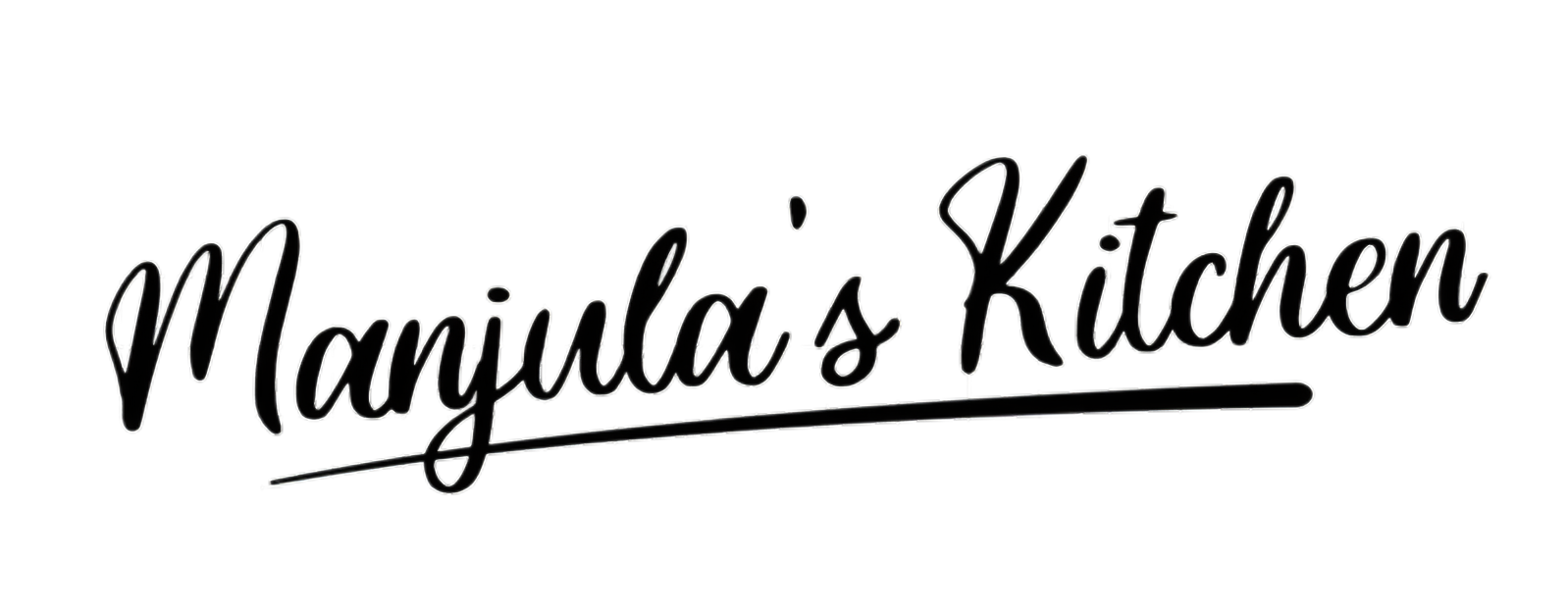

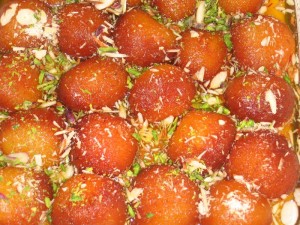
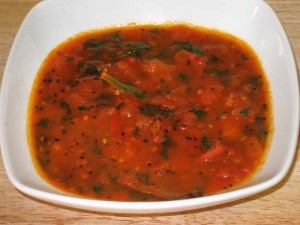
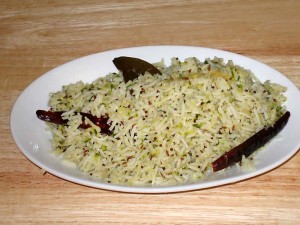
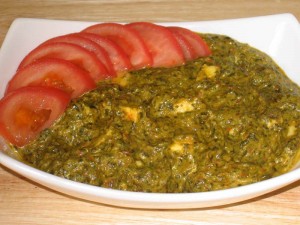
Diane miller
March 3, 2017 at 1:26 pmThis looks fabulous. I`mean allergic to flour and was wondering if I could use rice flour for these.
Manjula Jain
March 9, 2017 at 8:30 amDiana, rice flour will not work, may be you can take half rice flour, half the besan mix all the filling ingredient make a dough, you don’t need any water for the dough and make the paratha.
Khushi Jain
November 3, 2016 at 1:46 amMooli if very special vegetable and many people like it as raw, but Mooli paratha is healthy also.
savitha Kiran
January 28, 2016 at 8:45 amHello Mam tried Mooli Paratha came out very tastly…my son enjoyed a lot.
savitha kiran
January 28, 2016 at 8:37 amTries mooli paratha came out very tasty my husband and son enjoyed it….Manjula mam your recepies are too good thank you mam….
Manjula Jain
January 29, 2016 at 2:55 pmKiran, thank you
Khaldha
January 24, 2016 at 9:47 amI cant eat things with yeast. I love nan bread and butoras but you add yeast. Is there any other way to make it without yeast. Thank you
Manjula Jain
January 25, 2016 at 8:54 amKhaldha, make the dough without yeast, but let dough sit for fermentation about 8-10 hours
Manjula Jain
January 14, 2016 at 9:38 amMooli is white long radish, or daikon
Prema
January 16, 2016 at 11:14 amThank you.
Prema
January 13, 2016 at 1:48 pmWhat is Mooli? Could you please show the whole thing.